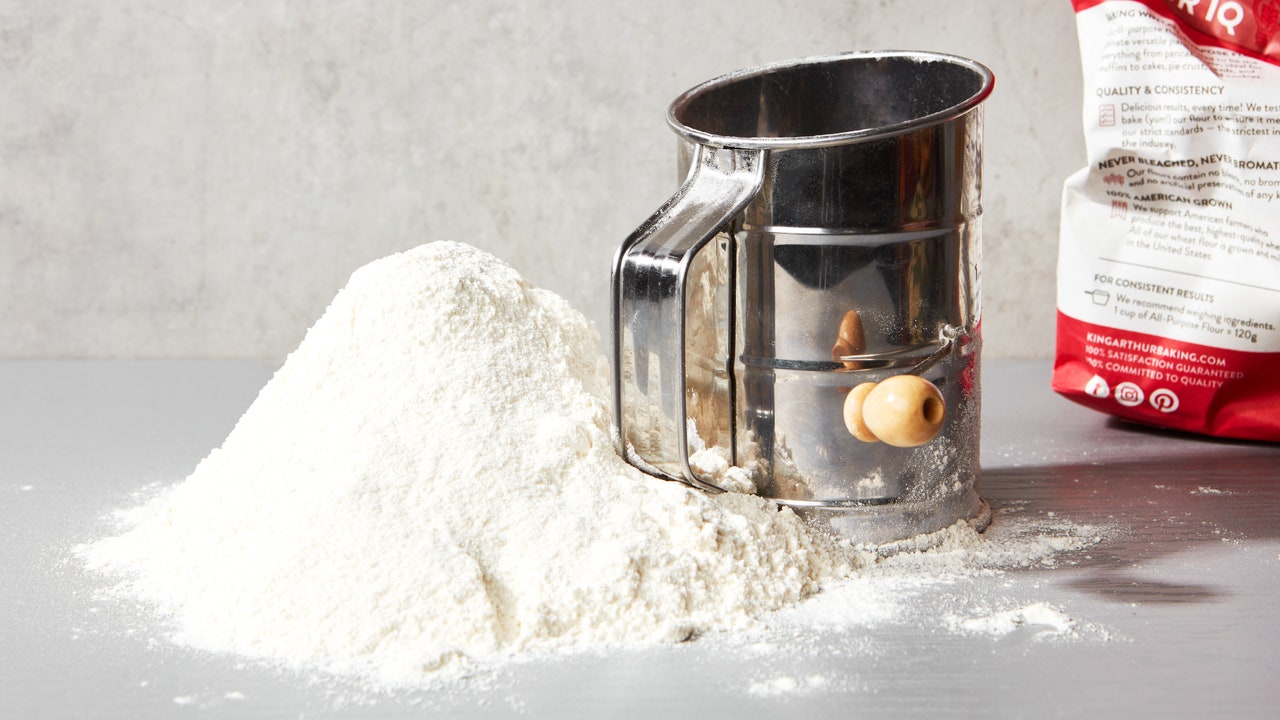Whether you're a seasoned pastry chef or an occasional baker, the question of whether flour expires is a common one. The reality is that flour is a low-moisture food and is considered extremely shelf-stable, making it unlikely to become unsafe to eat over time. To shed light on the longevity of flour, we consulted pastry chef Roxana Jullapat and food science professor Abby Snyder.
How long does flour last?
According to Snyder, most refined white flours can last for a year or more if stored properly in an airtight container in a cool, dark place. The presence of pathogens like E. coli in flour doesn't increase the risk of ingesting the flour, but it's recommended to heat flour before consuming it. Quality deterioration is more likely than safety concerns when it comes to flour.
For flours with higher fat content, such as gluten-free flours or nut flours, they may spoil faster than all-purpose flour. Whole grain flours like whole wheat, rye, and spelt may also have a shorter shelf life due to the fats they contain.
Self-rising flour, which contains baking powder, may not necessarily go bad, but the leavening agent could lose potency over time.
What about other types of flour?
Some signs that your flour may be bad include an unpleasant smell, clumping, mold, yellowing, or the presence of bugs. To maximize the shelf life of your flour, transfer it to an airtight container immediately after purchase and store it in a cool, dark place. Storing flour in the fridge or freezer can extend its shelf life even further.
How to know when to toss your flour?
Expiration dates on flour packages are guidelines, not strict rules. Signs that your flour may have gone bad include a rancid smell, clumping, mold, yellowing, or the presence of bugs. Transferring fresh flour to an airtight container and labeling it with the date can help you keep track of its freshness.
